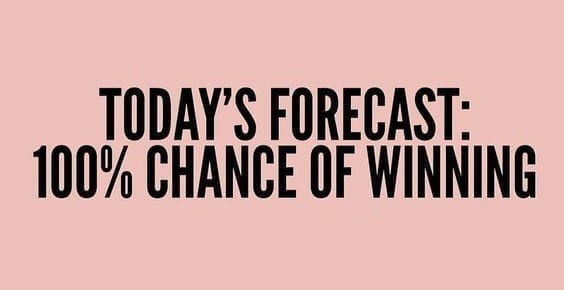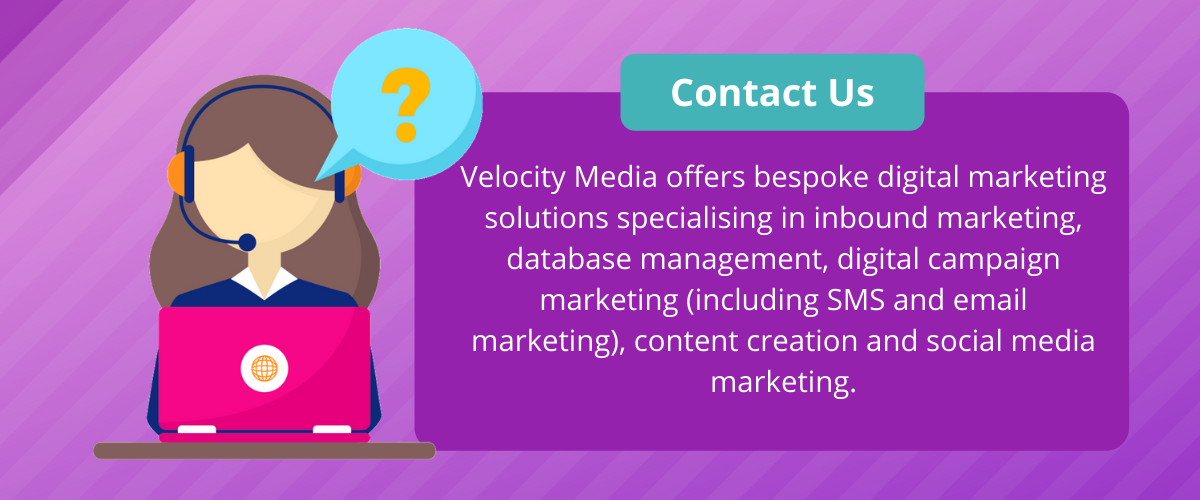Services List
Building a strong marketing strategy lies at the foundation of any prospering, competitive business.
As terms can sometimes get mixed up, let’s try to clarify what exactly a marketing strategy is. It refers to an organisation's overall game plan for attracting new customers or (retaining current ones) by communicating the benefits of their business and key differentiators via several mediums.
To help you build a foolproof marketing plan, we’ve put together a list of seven handy action points to pay attention to.
1. Run a SWOT analysis
The first step is to run a SWOT analysis to identify your business’ strengths, weaknesses, opportunities, and threats.
It can actually be a fun team exercise, vital to your planning process as it will inform, in one way or another, all the following key steps outlined here.

Having a clear view of your strengths and weaknesses will help you better improve on your lows and spot better opportunities for potential growth.
2. Establish your main objectives
An objective/goal provides you with a measurable outcome that you wish to achieve - this is usually aligned with a specific or desired time frame and resource.
Setting up your objectives before the run of any campaign allows you to set expectations and report thereon. There are three main keys to remember when setting objectives/goals:
- They are measurable
- They have a time frame
- They are short and specific
The key to a successful campaign is to keep a constant eye on your progress to achieve your desired objective, and re-evaluate your methodology should it not prove to be successful.

3. Understanding your customers
Stop, look and listen. The most effective way to satisfy your customers’ needs is through problem solving.
This is where Database Management comes into play. Proper record keeping of your current client base as well as enlightenment based on their actions will aid in any future campaigns. No use trying to sell cat litter boxes to your customers that only purchase dog food – right?
Quick tools to get to know your current clients:
- Having them complete questionnaires
- Adding Call To Actions to your website/blog and tracking engagement
- Having focus group discussions
- Keeping up to date with the latest trends on social media (via groups and feeds)
In the quest of getting to know customers marketers have been relying less and less on traditional “old-fashioned” marketing methods and have turned to new CRM and Automation systems. These tools provide insights at a click of a button - it is really that easy!
Get the benefit of having the right CRM system for your business
4. Identifying your ideal Client
Buyer personas are fictional, generalised representations of your ideal customers. They help marketers better understand and get closer to customers, as real humans.
Your ideal customers for better known as your buyer persona is a fictitious enactment of the ideal client /customer based on market and trend research. This research can also be done on existing clients and includes customer/client demographics, behavioural patterns, motivations and goals.
5. Establish your competitors
Keeping your ears to the ground and eyes open for what’s hot and happening in your industry is vital in setting yourself apart from your competitors. It helps you pin point and focus on possible gaps in the market that your business can fulfill.
Businesses are moving away from old-fashioned methods and relying on smart listening platforms to help them learn about their competition. An example of such a platform to help you get the upper edge is Brandwatch.
6. Determine your value
A great marketing strategy derives from a company’s value proposition, which covers your strengths as well as what sets you apart from your competitors. Therefore, what makes you unique. This will play a major role in not only attracting new business, but also converting a sale.
To get started you need to identify the below:
- Main benefits to the customer
- Main difference between your product/service and that of your competitors.
7. Establish your marketing methods
Once you have established your objective and you know your buyer persona you will have to decide on the best methods to explain, teach, and communicate your brand messaging.
If you have a highly defined database or great CMR system, it will help you decide on which medium (which social channels they prefer, blogs, sites, forums, etc) works best for your audience and how best to reach them.
It is important to also keep in mind that you do need to take into account the budget VS time you have for your campaign. As some mediums, as successful as they may be in converting, are far more costly than others.






